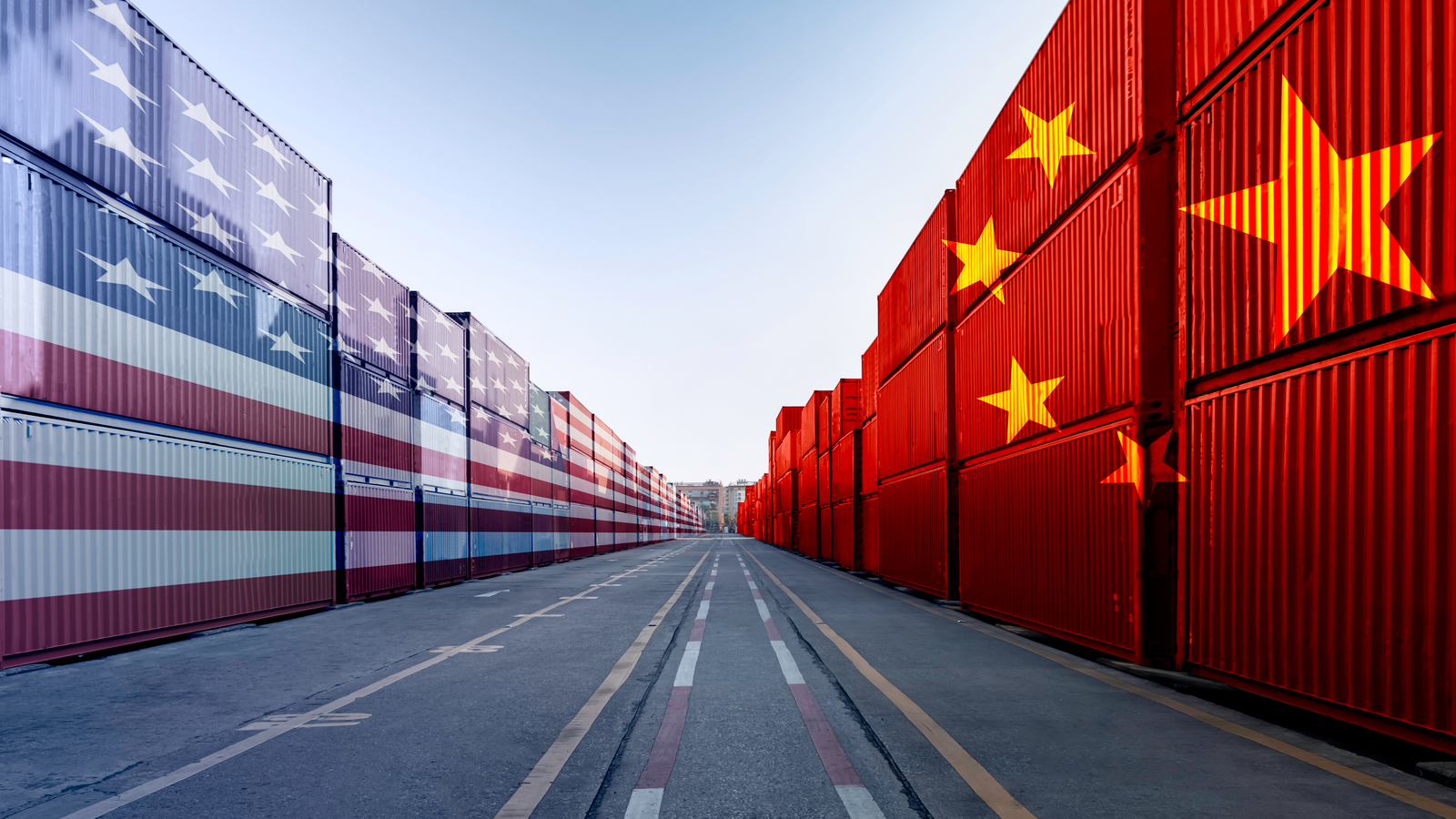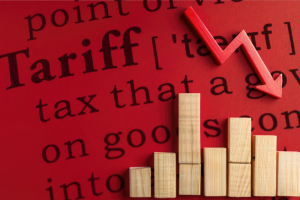
After looking at China’s trade tactics under Section 301 of the Trade Act of 1974, the Biden government is raising taxes on $18 billion of Chinese imports. China is accused of “unfair” trade practices, especially regarding intellectual property, technology transfer, and subsidies. Several sectors are at risk from these Biden China tariffs.
With taxes put on Chinese goods in 2018, President Donald Trump ignited the trade war. A 25% tariff was placed on $34 billion in products, rising to roughly $360 billion by 2019. These tariffs targeted many commodities.
In January 2020, China promised to buy $200 billion more U.S. products and services under a Phase One trade pact over two years. With this accord, the U.S. suspended proposed tariffs and reduced some current ones.
While keeping the taxes that were in place under Trump, the Biden government is introducing new ones worth billions to protect U.S. industry and stop market abuse in areas like electric cars, electronics, and solar energy.
For investors, it’s important to consider the sectors at risk from the Biden China tariffs. The new taxes have raised costs, hurting U.S. businesses like technology and the car industry.
Sectors at Risk from Biden China Tariffs: Technology Sector
Electric vehicles, or EVs, solar cells and panels, lithium-ion batteries, and semiconductor chips are among the tech sectors most at risk from the Biden China tariffs, as rumors circulate regarding the possible revocation of China’s status as a “most favored nation” for trade.
On the EV end, the tariffs are set to increase from 27.5% to 102.5% in 2024 to counteract the flooding of low-cost cars into the U.S. market, which doesn’t bode well for Chinese EV startups looking to make inroads into America.
Meanwhile, the tax on solar cells and panels will go from 25% to 50%, which is meant to limit Chinese production of solar panels, pushing down prices worldwide.
Lithium-ion EV batteries will have their tariffs raised from 7.5% to 25%, with the same to happen with non-EV batteries in 2026.
Major tech conglomerates like Apple (NASDAQ:AAPL) will suffer as a result of these policies. Apple immediately started production in China when it joined the WTO and remains particularly reliant on China for the supply of semiconductor chips. A shortage of these chips led to the first revenue miss for the FAANG stock since 2018, reducing revenue by roughly $6 billion.
Automotive Industry
Previous tariffs on Chinese EVs were 25%. Along with the 2.5% levy on all foreign-made autos, the total was 27.5%. However, the tariff on Chinese EVs will increase to 100%, quadrupling from the previous rate, making it one of the sectors most at risk from the Biden China tariffs.
The tariffs do not bode well for Chinese automakers trying to make a mark in North America. For instance, Nio (NYSE:NIO) plans to enter the North American market by 2025 and is doing homework regarding showrooms and manufacturing facilities.
On the other hand, BYD (OTCMKTS:BYDDF) manufactures automobiles in Mexico to take advantage of USMCA tariff relief if they fulfill local standards. BYD’s Seagull is a compact hatchback with a range of up to 250 miles; the basic model costs around $10,700, about one-third of the price of the least expensive EV available in the U.S.
In China, Volvo is part of the Geely group. These companies are trying to determine how the taxes will affect their cars, like the Polestar 2 luxury electric vehicle and the Volvo S90 hybrid SUV.
Chinese steel and metal are essential to car-making in the States, but the White House wants to raise taxes from 0–7.5% to 25%. According to the CHIPS and Science Act, Chinese chip taxes will also double in 2025.
Consumer Goods
The new tariffs affect $18 billion worth of imports from China, and consumer goods not covered under the Trump administration’s tariffs are also coming under the radar, affecting innumerable U.S. enterprises.
For instance, Walmart (NYSE:WMT) imports electronics, apparel, and household products from China; tariffs will raise prices, which means higher customer prices and lower margins for Walmart. Walmart will find these tariffs will detract from its solid momentum this year, thanks to a 3-to-1 stock split in February and healthy Q1 e-commerce sales growth of 22%.
Similar to Walmart, Target (NYSE:TGT) purchases a large amount of goods from China, including clothing, gadgets, and household products. Although Target sources from over 30 different origins, the bulk of its imports come from China, putting it in a precarious position, like other retailers, due to the tariffs; it has five Mainland China offices, with its origins in the country dating back to 1994 in Shanghai.
Moreover, many of Nike’s (NYSE:NKE) clothing and footwear come from China. Tariffs will raise expenses, which might result in lower profitability. This is not the best news for NKE stockholders after the company said it anticipates a dip in sales during the first half.
On the date of publication, Faizan Farooque did not have (either directly or indirectly) any positions in the securities mentioned in this article. The opinions expressed in this article are those of the writer, subject to the InvestorPlace.com Publishing Guidelines.





